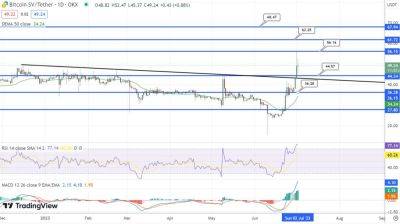EU’s new crypto law: How MiCA can make Europe a digital asset hub
The European Union signed the Markets in Crypto-Assets (MiCA) regulations into law on May 31, making way for the landmark regulatory guidance on crypto assets and service providers to come into effect.
First drafted in 2020, the EU’s regulatory package will govern the issuance and scope of services related to the cryptocurrency market.
The European Parliament passed the MiCA regulations on April 20, and the bill was subsequently sent to the European Council for approval. On May 31, European Parliament President Roberta Metsola, and Swedish Rural Affairs Minister Peter Kullgren, signed the framework into law. Sweden currently holds the presidency of the Council of the EU.
MiCA was published in the Official Journal of the European Union (OJEU) on June 9, triggering the countdown for the law to come into effect. This means crypto businesses have set timelines to implement and comply with MiCA’s requirements. Stablecoin rules will apply from June 30, 2024, and rules for exchanges will take effect on Dec. 30, 2024.
MiCA defines a crypto asset as “a digital representation of value or rights which may be transferred and stored electronically, using distributed ledger technology or similar technology.” The legislation also offers guidance on what qualifies as “cryptocurrencies” and what makes certain digital assets “tokens.”
Additionally, MiCA establishes standards for crypto asset service providers (CASPs) and cryptocurrency asset issuers. Issuers of crypto assets are required to follow standards governing disclosure and openness, and offer complete and transparent information about the crypto assets they issue. CASPs must also adopt security measures and adhere to Anti-Money Laundering regulations.
The MiCA legislation
Read more on cointelegraph.com






















